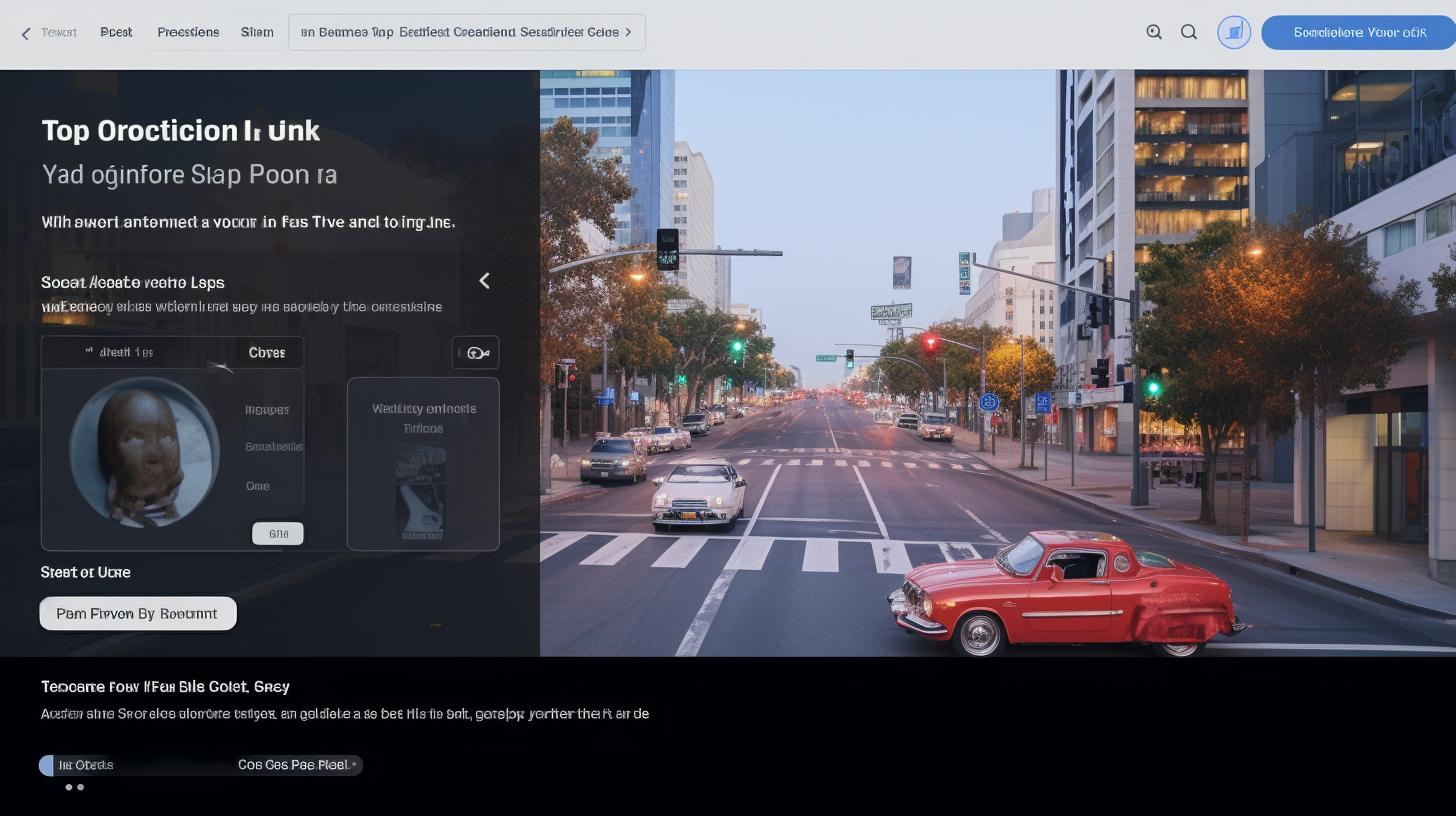Are you curious about how AI content detectors work? As an owner of an AI-content creation platform, I have hands-on experience with these detectors and the benefits they offer content creators. While AI-generated content can streamline content creation, it also raises concerns about the authenticity and quality of online content. That’s where AI content detectors come in. In this article, we’ll explore what AI content detectors are, how they work, and what implications they have for content creators and consumers.

What Are AI Content Detectors?
AI content detectors are algorithms that use machine learning and natural language processing to identify AI-generated content. They analyze characteristics like perplexity and burstiness to determine the likelihood of AI generation. While AI content detectors are not perfect, they are becoming more accurate over time as AI models improve and more data becomes available.
AI Content Detectors: How They Work
- AI content detectors use machine learning algorithms to analyze text and identify potentially problematic content.
- They can detect various forms of offensive or harmful content such as hate speech, fake news, and spam.
- AI content detectors can be trained on large datasets to improve their accuracy and identify new types of problematic content.
How Do AI Content Detectors Work?
AI detectors analyze text for patterns and characteristics that are associated with AI generation, such as the repetitive use of certain phrases or monotonous language. Some AI content detectors also compare text to known examples of AI-generated content to determine similarity.
One example of an AI content detector is ChatGPT, a language model developed by OpenAI. ChatGPT uses natural language processing and machine learning to generate text that is similar to human writing. However, it can also be used to detect AI-generated content by comparing text to its own outputs.
AI content detectors work by scanning text for characteristics that may indicate the presence of an AI-generated text. These characteristics may include the use of repetitive language, monotonous tone, or overly complex sentence structures. The detector then analyzes these patterns and compares them to known examples of AI-generated text to determine the likelihood of AI generation.
The Reliability of AI Content Detectors
While AI content detectors can be useful tools for identifying AI-generated content, they are not always reliable. False positives and false negatives can occur, and some AI models are better at detecting certain types of AI-generated content than others. As AI models become more sophisticated, detecting AI-generated text will become more difficult.
Implications for Content Creators
The rise of AI content detectors means that it is more important than ever for content creators to create high-quality, original content. While AI-generated content can be a useful tool for streamlining content creation, it is important to use it ethically and transparently. Content creators should also be aware of the limitations of AI content detectors and take steps to ensure that their content is not wrongly flagged as AI-generated.

Real-life Examples
| Use Case | Description |
|---|---|
| News Reporting | With the help of AI-generated content, news outlets can generate news stories in real-time. However, this has led to concerns about the quality and authenticity of the stories. |
| Content Moderation | Social media platforms like Facebook and Twitter are using AI content detectors to identify and remove content that violates their terms of service. |
| Plagiarism Detection | AI content detectors are also useful for detecting plagiarism in academic papers and other types of written content. |
| Fake Review Detection | AI content detectors can identify fake reviews on e-commerce websites such as Amazon and help in maintaining the authenticity of reviews. |
| Chatbots | AI content detectors are useful for chatbots to differentiate between human and machine-generated messages. |
| Content Creation | AI content detectors are used to provide feedback on the quality of the content created by AI tools. |
One example of how AI content detectors have impacted content creation is in the field of news reporting. Many news outlets are using AI-generated content to generate news stories in real-time. However, this has led to concerns about the quality and authenticity of the stories. To address these concerns, some news outlets are using AI content detectors to identify AI-generated stories and ensure that they are clearly labeled as such.
Another example of how AI content detectors are being used is in the field of content moderation. Social media platforms like Facebook and Twitter are using AI content detectors to identify and remove content that violates their terms of service. While these detectors are not perfect, they have proven to be effective tools for identifying and removing harmful content from social media sites.
Real-Life Case Study: How AI Content Detectors Helped a News Website Detect Fake News
As the popularity of online news grows, so too does the prevalence of fake news. A news website, News Now, was struggling to keep up with the amount of false information being reported on their site. They were receiving complaints from readers about the accuracy of their articles and were losing credibility as a reliable news source.
To combat this issue, News Now implemented an AI content detector to help identify fake news. The detector used natural language processing to analyze the wording and context of each article, flagging any suspicious content for further review.
Within a few weeks of implementing the detector, News Now noticed a significant decrease in the number of fake news articles being published on their site. The detector had successfully caught several articles that were later confirmed to be false, preventing them from being published and saving the website from further damage to their reputation.
Thanks to the AI content detector, News Now was able to regain the trust of their readers and establish themselves as a reliable news source once again.

Conclusion
AI content detectors are a powerful tool for identifying AI-generated content, but they are not foolproof. As AI models continue to evolve, detecting AI-generated text will become more challenging. Content creators should prioritize creating high-quality, original content and be aware of the limitations of AI content detectors. At Article Fiesta, we are committed to providing our customers with high-quality, readable content that is designed to boost SEO and engage audiences. Whether you’re looking for an AI tool to generate content or just want to learn more about how AI content detectors work, we’re here to help.
Insider Tip: When using AI-generated content, it’s important to review and edit the content to ensure it meets your standards for quality and authenticity.
Q: What are AI content detectors?
A: AI content detectors are algorithms that use machine learning and natural language processing to identify AI-generated content.
Q: How do AI content detectors work?
A: AI content detectors analyze text for patterns and characteristics associated with AI generation, such as repetitive use of certain phrases or monotonous language.
Q: Are AI content detectors reliable?
A: While AI content detectors can be useful tools for identifying AI-generated content, they are not always reliable, and false positives and false negatives can occur.
